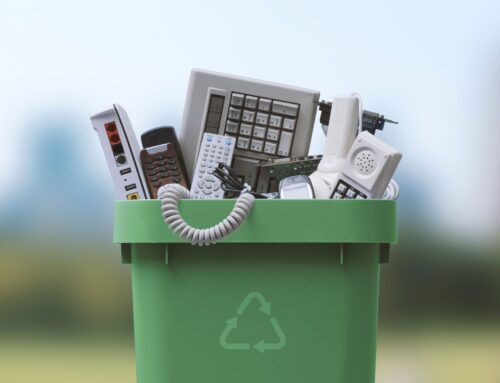
The new battery recycling system allows for 70% lithium recovery
Lithium-Ion Battery Recycling
As the world shifts towards more sustainable energy sources, lithium-ion batteries have gained widespread acceptance, powering everything from consumer gadgets to renewable energy storage systems and electric cars. However, due to their hazardous materials and the scarcity of lithium, conserving this resource has become crucial, and proper disposal of these batteries has emerged as a major environmental problem. A new battery recycling technique has been developed, allowing the recovery of up to 70% of the lithium in these batteries. This article will detail this innovative system, examining its benefits and potential impacts on the economy and environment.
Techniques in Mechanical and Hydrometallurgy
The battery recycling technology, which is innovative, utilizes mechanical and hydrometallurgical methods to extract valuable elements from lithium-ion batteries. First, the batteries are shredded into tiny bits before subjecting them to a series of chemical processes that dissolve the different metals in the battery. The process mechanically separates the battery’s cathode, anode, and electrolyte components. Next, the lithium-containing cathode undergoes a hydrometallurgical process that causes the lithium to dissolve in an acidic solution. After filtering the solution, the lithium is recovered as a concentrated solution. This method can recover up to 70% of the lithium in the battery.
The New Battery Recycling Systreem’s Advantages
The advantages of the new battery recycling technology are critical in resolving energy, economic, and environmental problems. They are involved with the disposal of lithium-ion batteries.
Environmental Advantages
Lithium-ion battery recycling lessens the environmental damage caused by their disposal. These batteries have hazardous materials, including lead, cadmium, and mercury, that can seriously damage land and water resources. Recycling these batteries makes the solution more environmentally friendly since it prevents the discharge of toxic chemicals into the environment.
Economic Gains
The new battery recycling method generates financial gains by lowering the demand for fresh lithium extraction. The production of these batteries depends on the limited resource of lithium. For long-term sustainability, this resource must be preserved. Furthermore, recycling can lower the price of making new batteries. It lessens the need for new sources of the substance because 70% of the lithium in these batteries can be recovered.
Energy Benefits
Reusing lithium-ion batteries helps preserve energy. As opposed to fresh source extraction, recycling lithium requires less energy. Additionally, recycled components may be used to create new batteries, helping to reduce the overall energy needed for battery production. This increases long-term sustainability and efficiency.
The new battery recycling system’s potential in the future
The new battery recycling technology represents a significant advance in recycling lithium-ion batteries. Nevertheless, an additional effort has to be made to raise the recycling rate for these batteries. Governments, businesses, and consumers must cooperate to promote the use of this cutting-edge technology and ensure its success.
New technological advancements and innovative ideas will be crucial to find long-term solutions to the world’s energy concerns. The new battery regeneration technique has significant implications for the economy, the environment, and the energy sector that cannot be overstated. Since there is a growing need for lithium-ion batteries and a finite supply of lithium, recycling rates for these batteries must increase to secure a sustainable future.
Conclusion
Therefore, the new battery recycling technology represents a significant advancement in the recycling of lithium-ion batteries. By recovering up to 70% of the lithium in these batteries, this technique can conserve a valuable resource and reduce the environmental impact of their disposal. In addition, this method is crucial for long-term sustainability due to its economic and energy benefits.
Although this method offers significant benefits, much work must be done to increase the recycling rate for lithium-ion batteries. The low recycling rate, only 5%, underscores the need for more efficient recycling infrastructure and processes. Governments, industries, and consumers must work together to promote the use of this innovative technology and ensure its success.
The creation of cutting-edge technology and creative solutions will be essential as we go on with our transition to a more sustainable future. It is impossible to overestimate the significance of the new battery recycling method for the environment, the economy, and the energy industry. This system promises a cleaner, greener, and more wealthy future for all of us as the globe seeks sustainable answers to our energy requirements.



